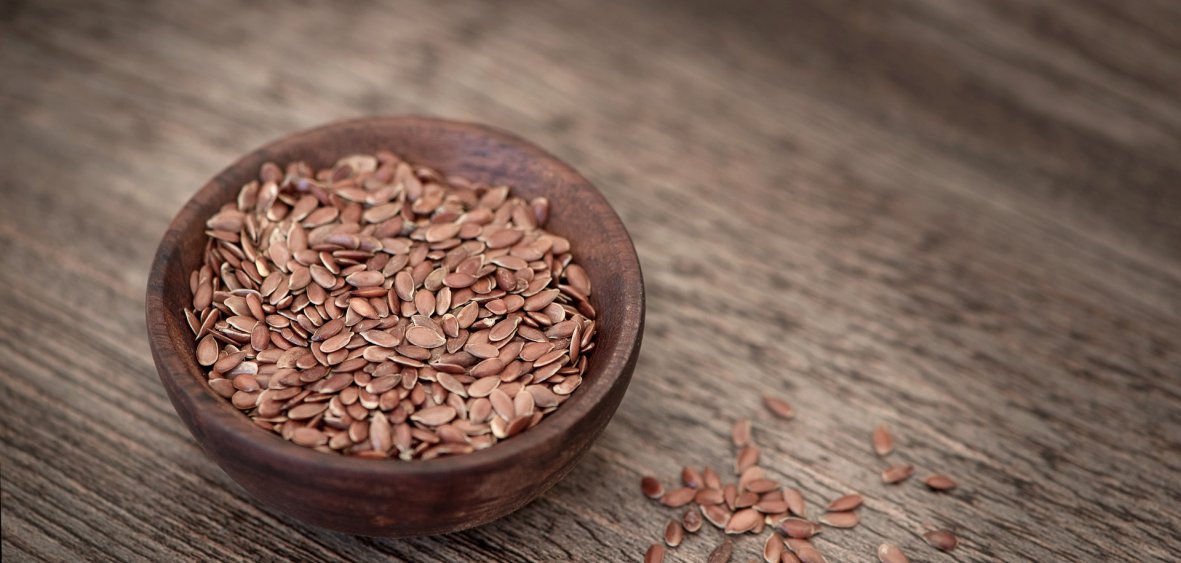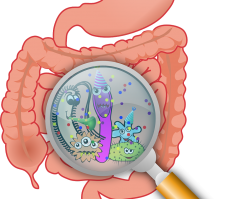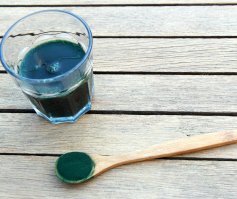 Flax, or linseed, is an extremely valuable plant that grows abundantly in Europe. It probably comes from the southeastern coast of the Mediterranean. It is now grown throughout Europe, Asia, South and North Africa and Australia.
Flax, or linseed, is an extremely valuable plant that grows abundantly in Europe. It probably comes from the southeastern coast of the Mediterranean. It is now grown throughout Europe, Asia, South and North Africa and Australia.
The pharmaceutical raw material is flax seeds and oil obtained from these seeds. The seeds contain mucous substances, fatty oil, protein, enzymes, phytosterols, phenolic acids, vitamins A, E, B. Linseed oil is also a source of linoleic acid, linoleic acid, oleic acid, phytosterols and vitamin E. The seeds also contain cyanogenic glycosides, but they are harmless.
Characteristics of flax seeds
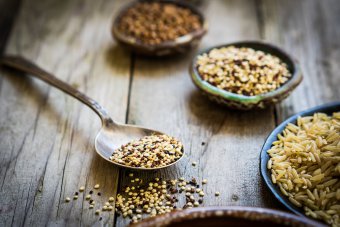 Linseed seeds used internally have a gentle laxative effect. They coat the mucous membranes of the gastrointestinal and respiratory tract. The seeds have a protective and, to a lesser extent, an anti-inflammatory effect. Water macerates are served for drinking in case of gastric and duodenal ulcer disease, gastric and intestinal catarrh, as well as in diseases of the urinary tract.
Linseed seeds used internally have a gentle laxative effect. They coat the mucous membranes of the gastrointestinal and respiratory tract. The seeds have a protective and, to a lesser extent, an anti-inflammatory effect. Water macerates are served for drinking in case of gastric and duodenal ulcer disease, gastric and intestinal catarrh, as well as in diseases of the urinary tract.
The seeds can be used externally. In this form it has a softening, regenerating and anti-inflammatory effect. They treat skin inflammations and ulcers.
Characteristics of linseed oil
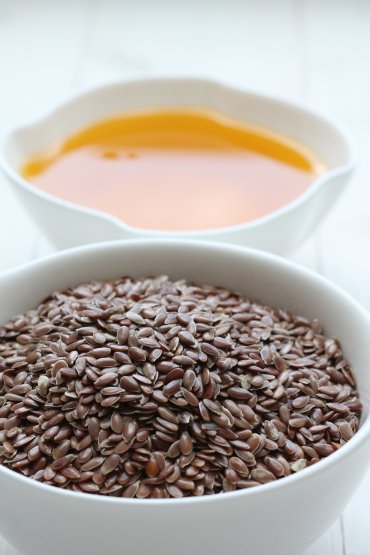
Linseed oil, used internally, similarly to seeds, has a protective effect on the gastrointestinal tract, regenerates the mucous membrane and has an anti-inflammatory effect. It is also valuable because it lowers cholesterol and blood sugar levels. The oil prevents the formation of gallstones. It should also be remembered that it is a source of Essential, Unsaturated Fatty Acids.
Linseed oil is used in inflammatory states of the gastrointestinal mucosa and urinary tract. It is administered at stomach and intestinal rhinitis, bladder and urinary tract.
Linseed oil can be used externally. Then it accelerates regeneration, softens, creates an occlusal layer, restores the skin's elasticity. Linseed oil is very helpful in the treatment of skin inflammations, moisturizing, healing of cracked epidermis. The oil is also used for allergic rashes and for healing decubitus ulcers.
How to buy linseed?
The most popular variety is linseed brown. It is more difficult to buy Budwig Siemia budwigowe and it is a bit more expensive. All because of the softer taste, although the difference here is subtle.
In order to benefit from the beneficial properties of flax, we can supply ourselves with linseed oil or seeds. Linseed oil as one of the few is recommended even to people suffering from cancer, because, according to specialists, it does not cause recurrence after treatment. The liquid has a very short shelf life. It should be stored in a bottle, in a refrigerator. It can only be drunk cold as it cannot be heated.
If we decide to buy seeds, let's choose the ones that are in their entirety. More therapeutic and nutritional values can be obtained by grinding it shortly before consumption, at home, than by buying a product already ground at the factory.
Flax seeds can be stored at room temperature, but the shelf life is as short as the shelf life of flax oil. The fat contained in the seeds becomes rancid quickly, so you should rush to eat it.
How much and how to consume linseed?
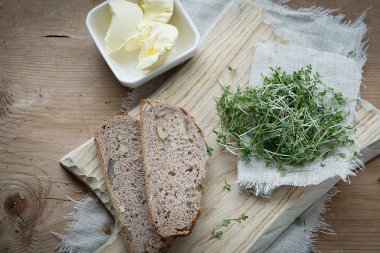 The optimal dose of herbs is 2-3 teaspoons of ground seeds or the same amount of linseed oil per day.
The optimal dose of herbs is 2-3 teaspoons of ground seeds or the same amount of linseed oil per day.
The seeds can be eaten dry, sprinkled with ground sandwich product, adding flax to salads, sauce, cocktail, soup. Ground seeds do not have a specific taste, they are not expressive, so they can be added to both sweet and dry meals. Ground or whole seeds can also be added to home-baked bread.
Another form of receiving linseed is linseed kissel. The preparation consists in pouring very warm water over 2-3 tablespoons of sowing. Liquid prepared in this way is allowed to stand for approx. 1 hour. After this time, the water should be drained off and a kissel-like suspension will form in the dish. Such a pap should be consumed 2 - 3 times a day. It is very useful in stomach disorder when diarrhea is tiring.
Linen conditioner for hair
 Linseed mask is also an excellent hair cosmetic. 2 - 3 tablespoons of seeds are filled with a glass of water and boiled for about a few minutes. Apply the mask to the washed hair. We leave it there for about 40 minutes.
Linseed mask is also an excellent hair cosmetic. 2 - 3 tablespoons of seeds are filled with a glass of water and boiled for about a few minutes. Apply the mask to the washed hair. We leave it there for about 40 minutes.
The hair is shiny, strong and fluffy. To strengthen the effect it is recommended to repeat the treatment systematically and supplement your diet with linseed.
The same mask can be used to strengthen the nails. The nails are soaked in a bowl of full solution for about 10 - 15 minutes. After such a bath they become more flexible and stronger.
Can linseed be harmful?
Linseed seed contains phytoestrogens, so it should not be consumed by pregnant women, nursing mothers and children. For other women, phytoestrogens can have a beneficial effect, e.g. during menopause. Some women use hormone replacement therapy instead of hormone replacement therapy - and it is worth stressing - with excellent results.
Cyanogenic glycosides are other ingredients that are present in linseed. They could be harmful if they were eaten in some huge doses. The optimal daily dose of linseed is 2-3 tablespoons. With this amount, glycosides can have an effect on our organisms by disinfecting.

